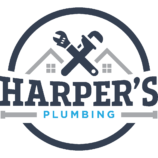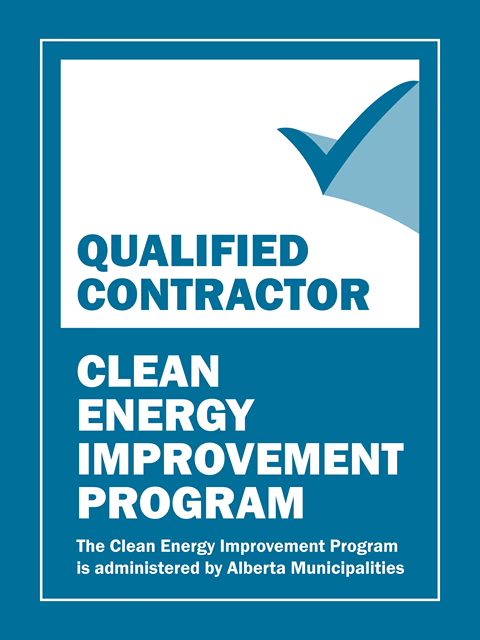(Updated: Mar 13)
Imagine yourself on the set of the $20,000 Pyramid game show. Your partner prompts you with the word “Spring.” Many responses may come to mind, for most of us it may be the word “cleaning”, but what if we told you the word “plumbing” was just as relevant?
While many homeowners are familiar with the benefits of Spring cleaning there are a few items we recommend that you add to your Spring checklist to ensure your plumbing system is operating smoothly. It comes as no surprise that regular maintenance can help to decrease the chances of serious problems with your system and prevent costly damage, but where to start?
We have compiled the quick and easy Coffee Chats With Your Plumber: Spring Maintenance Checklist to guide you through the process to help you identify the tell-tale signs and symptoms of problems.
1. Water Heater
There are 2 main kinds of water heaters, for more information read our quick chat – traditional versus instantaneous hot water heaters. If you find yourself with a traditional tank, perform a quick visual inspection of your tank, do you notice any water pooling near the bottom of the tank, or prior evidence of moisture. If so, it may be time to look at the age and lifespan of your tank.
For instantaneous systems, we recommend flushing the system at least once a year. This is a relatively quick and inexpensive service that you can book with us to prolong the life of your unit.
2. Bathroom, Kitchen and Laundry Faucets
Take a moment to inspect each faucet. Are there any continuously dripping faucets? Or, when you turn your faucets on do you notice water pooling near the faucet handles or head? The impact of these can range from annoyance of the constant sound, to increased water bills and costly repairs if water penetrates surrounding cabinetry, drywall and other surfaces. A quick visual inspection can help identify issues early and save money in the long run.
3. Underneath Sinks
Anywhere in your home that you have a sink, you generally have a cabinet box built around it. Take the time to clear out any items in the sink cabinet and inspect for unwanted signs of moisture which can range from drips to pooling water. Many small leaks can be undetected for weeks or even months and the resulting moisture build up can lead to mold growth and attract humidity-loving pests like ants.
4. Toilets
You may not even be aware, but your toilet could be costing you money every day. While the audible sound of a toilet running is easy to determine a problem, many leaks can be slow and therefore hard to detect. By placing 6-12 drops of food colouring in your toilet bowl tank, leaving for an hour or so and coming back, you can see if water is moving between the tank and bowl between flushes. There are many simple solutions ranging replacing from broken toilet flappers and changes to improper seals. Not sure where to go next, if you have identified a problem with your toilets call us and we will happily send one of our trained team members to fix this for you.
5. Drains
Slow running drains are not only annoying because of the time it takes to empty, but they may also be harbouring bacteria. Slow drains signal there is a potential blockage in your plumbing system, and left untreated, can worsen overtime. If you notice the water draining slowly from a sink, shower, or bathtub, this is a clear sign that there is a clog forming somewhere downstream in the pipe. When only one plumbing fixture is affected, this indicates that the clog is relatively close to the surface. However, if you notice multiple plumbing fixtures are draining slowly, or if water is backing up into multiple sinks, showers, or tubs, then the problem may be larger and you could have a clog in your home’s sewer line.
As the weather warms up this Spring, you may even start to notice an odour in emanating from your pipes as a result. In the worst case, if the clog gets large enough the pressure buildup can cause pipes to burst leading to unwanted and potentially costly water damage.
While you can find drain cleaning products at most Big Box stores, this can often be a band-aid solution as the product might only cause the debris to go further through your plumbing system in hard to access areas. When you call our team we will bring our specalized drain equipment and can bring our camera as well to visually inspect your lines.
6. Grout and Caulking Failures
Inspect the grout and caulk around sinks, tubs and showers and look for gaps in the seal. By quickly repairing or replacing the grout/caulking, you can maintain the crucial water barrier and prevent unintended water damage from everyday showers, baths etc.
7. Water Alarms
Water alarms can be as simple as little “pods” that are placed under sinks, behind toilets and other areas to detect unwanted moisture, to elaborate wi-fi enabled devices that work with your smart phone. Quickly check to ensure the devices you have installed are still properly positioned and have sufficient battery life left, we recommend writing the date installed on the alarm and date to replace the battery, similar to the process used in many fire alarms.
8. Sump Pumps
Sump pumps are pieces of equipment that are rarely noticed in your home, until the moment they are needed. Having a properly operating unit can be the determining factor between some minor water damage in your basement and thousands of dollars in restoration costs. As we often forget to check the Sump Pumps in our homes, we have added this to our checklist. Take a moment to review your sump pump operation, by pouring water into the pump silo to activate the unit, you will see the float raise and the unit turn on to drain and then it will automatically shut off. If you are unsure how to perform this service, call us today to book a quick in home assessment.
9. Outside Hose Bibs (Taps)
With Spring comes the thoughts of gardening and watering all of our plants and lawns. We strongly recommend properly shutting off and draining your outdoor hose bibs each year. When turning the water back on, take a moment to walk around the outside of your home and visually inspect if any water is leaking from the tap itself or faucet neck as this will immediately indicate a problem that needs to be addressed and save you money and potential foundation water damage issues down the road.
Are you in the Calgary area and would like one of our experienced team members to go over the checklist for you? Call Harper’s Plumbing today to book your Spring Maintenance Assessment (587)-216-1755







